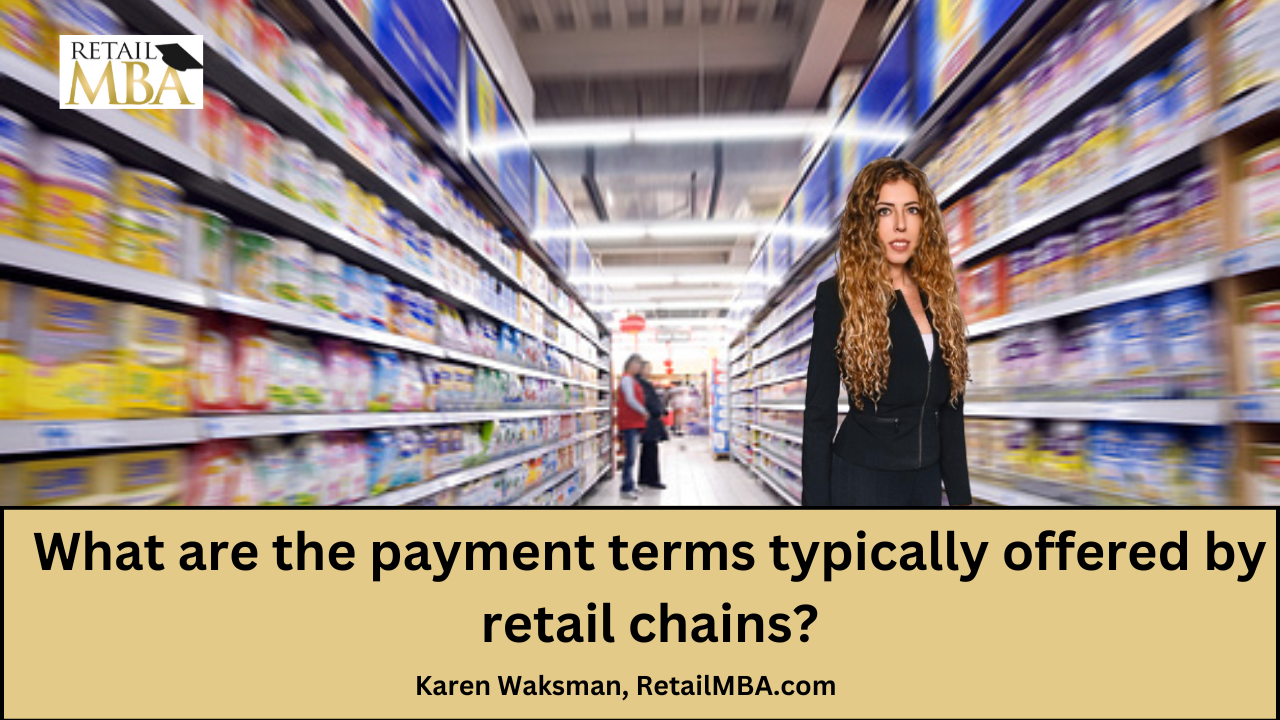Durable Goods

The Importance of Durable Goods
Durable goods, as their name implies, are merchandise designed to stand the test of time. From lawnmowers and air conditioners to washing machines and televisions that continue working even when temperatures soar, durable goods play an essential role in our economy.
Economists closely track consumer durable sales as an early indicator of economic expansion. An increase in consumption usually correlates with higher GDP levels.
They last a long time
Durable goods refers to products designed to last, like appliances, furniture and cars. These goods differ from nondurable goods in that they don’t get consumed immediately and their consumption tends to lead to business cycles being more visible; durable goods are one of the cornerstone components of GDP and tend to lead the overall trend over time.
Investors and economists closely track new orders of consumer durable goods, which are costly products designed to withstand wear-and-tear for years. Since these big-ticket items often purchased with borrowed funds are subject to interest payments that fluctuate with interest rates as well as overall business climate conditions – any decline in orders indicates weakening of an economy while an increase in durable goods production signifies expansion.
Economic development of any nation relies heavily on its production of durable goods, which last longer and cost more than nondurables, such as food, beverages, and toiletries. Durable goods tend to be produced at larger factories before being distributed throughout the nation – with some items even exported abroad, contributing further to economic development.
Consumer durables and capital goods are both categories of durable goods that are designed for long-term use, including televisions, washing machines, refrigerators and kitchen appliances. Consumer durables are products consumed directly by an individual or household while capital goods can include machinery vehicles and office equipment used to produce other goods.
Economists carefully monitor consumer durables production because it serves as an early indication of economic expansion. Consumers generally purchase these high-ticket items when they feel optimistic that the economy is improving, while businesses invest when demand rises; both factors lead to overall economic expansion – something investors pay close attention to with each quarterly update from the Bureau of Economic Analysis.
They are expensive
Durable goods are commodities that provide utility over an extended period of time and have unique supply, demand, and consumer behavior characteristics that make them more volatile than nondurables and can have greater ramifications on economic cycles. Consumer spending on durables often depends on disposable income which in turn depends on risk and uncertainty in the economy – leading to boom and bust cycles when purchasing durables.
As the economy falters, consumers may reduce purchases of durable goods like electronics and cars – leading to reduced household and business consumption, and creating further harm for the economy as a whole. Conversely, as soon as it picks back up again durable goods consumption often accelerates as consumers view the economy as more secure; consequently, less money may be set aside in savings accounts in anticipation of future needs.
Recent global slowdown has resulted in an acute decrease in consumer and capital durable goods spending, reflecting both increased financial uncertainty as well as rising food and fuel costs, which forced households to cut spending on these items.
Consumer durable goods encompass household appliances and furniture, along with electronics like tablets and laptops. Business durable goods also fall into this category, including machinery and equipment required by various types of businesses; furthermore, companies often need vehicles such as trucks to transport the products they produce directly to their customers.
The Purchasing Managers’ Index for Durable Goods measures new orders placed with manufacturers for long-lasting manufactured products, providing an indicator of economic growth. Published monthly, its data provide insight into how consumers will spend their disposable income in the coming months. Compiled by Institute for Supply Management — an association for companies involved in both manufacturing and services industries — its index includes opinions of purchasing managers across over 100 industries across the nation.
They are an indicator of the economy
Durable goods orders are an indicator of economic expansion, reflecting how businesses contract manufacturers to produce long-lasting factory hard goods like production machines, vehicles and other industrial equipment. When durable goods orders increase it can serve as an early warning sign for economic recession. The data reflects contracts businesses place with manufacturers for these long-lasting factory goods production contracts that make up this indicator. Investors and analysts use durable goods data, published monthly by the Census Bureau, to gauge the health of the economy. Consumer spending predictions can also be determined using this indicator. It serves as an early warning signal, impacting consumer and business spending while playing a vital role in stock market trading.
Ascertained the impact of changes to durable goods orders can be challenging. A variety of factors, including economic sanctions, tariffs and currency fluctuations could play a part in these fluctuations; ultimately affecting how many Americans can purchase durable goods in the U.S.
Consumer durables consumption can provide a window into households’ financial health and future income prospects. When financial conditions weaken, consumers and firms often delay purchasing durable goods – creating pent-up demand which will eventually be released as conditions improve. This trend is particularly prominent for cars which are frequently purchased with loans from households with lower income levels.
Manufacturing industries are key drivers of economic growth, with durable goods orders an important indicator. When durable goods orders increase it signals economic expansion and is likely to continue doing so – investors and companies will likely invest money in projects with an expected high return over time.
Durable goods data is a leading indicator of economic health and can have an immense effect on financial markets. Investments in durable goods often involve borrowing against loans for financing purposes; moreover, such investments often carry long-term commitments with increased risks; this has a ripple effect across stocks and bonds that also involve the economy.
They are an investment
Durable goods (also referred to as hard goods) are items designed to last and purchased more frequently, often by businesses and consumers over non-durable goods like food products or gasoline. Although durable goods may be expensive, they often provide good returns on investment and help businesses and consumers avoid wasteful consumption while contributing to economic health of a country by driving consumer spending and economic expansion.
Durable goods play a pivotal role in any nation’s economy and their demand is more volatile than nondurables due to their longer lifespan, changes in economic climate and context and consumer preferences. Furniture or appliance purchases may increase when households expand. Technological advances also impact durable demand.
Durable goods differ significantly from nondurables in that they last more than one use or can be consumed over an extended period of time (considered three years by the Bureau of Economic Analysis), making up a substantial part of GDP and including consumer electronics, home appliances and cars. Their production accounts for much of industrial output.
Durable goods purchases provide a key indicator of economic trends and can have a direct effect on manufacturing sectors that form an integral component of our economy. Investors and analysts pay particular attention to results of durable goods orders; an increase in such orders indicates strengthening while any decrease indicates slowing.
Sticky-price models show how the relative price of durables Vt and marginal utility of consumption UCt can move in opposite directions, leading to comovement problems in consumer durable services expenditures. When capital investment specific shocks decrease the real prices of intermediates used in production sectors j and increase both Vt and UCt (cf. Panel F), comovement can occur.
Step-by-step training on how to sell to retail chains!
We explain exactly how to do that and how to get started today. I’ve taught over 100,000 of companies over the years across the globe on how to get your products to the stores. And so we’re here to support you. Or please subscribe to our Youtube channel and or be on the lookout for additional training that we create.
We are here to expedite the process of generating revenue with your physical products and that’s what we’re all about. Take a look at our advanced training, live events, certification programs and so much more.
In this training, I will discuss some of the things to think about when approaching a retailer to sell your products and become a vendor. Hope it helps! 🙂
Karen Waksman,
Retail MBA
Questions? Contact Us!
1-855-Retail-2 (Call or Text)
Email: info@retailmba.com
Retail MBA provides a step-by-step formula on How to Sell to Major Retailers, Online Retailers, Smaller Retailers, Catalogs and More. No Experience Required! These solutions continue to convert for clients year-over-year! These are Time-Tested and Proven Strategies that we utilize ourselves when going after stores! Everything we teach, we test. Want access to these formulas? ANY one of our programs and coaching systems gives you access to them now. With that said…
Here are 5 Easy Ways to Work with Us:
1) Free Training – If You Would Like to Join Our Next FREE Webinar Training Called “Retail Chain Store Secrets – How to Sell to Major Retail Chains. No Experience Required” Then Sign Up NOW To Learn All About Selling into Retail Chains By Clicking Here!
2) Retail MBA Year Long Coaching and Training System – Our Year Long Coaching and Training System with Karen Waksman is POWERFUL! This is our most popular training and coaching system! We walk you through how to approach, pitch and sell to retail chains and we coach you along the way! Join us by Clicking Here!
3) Masterclass Intensives – Want to Join our Next 4 Week Elite Retail MBA Masterclass Intensive? These Intensives Are EPIC for people who Love Fast Paced Learning – Homework, Retail Coaching, Developing Your Strategy, Buyers Contacts and More! These Events Are Held Every Quarter. Join us by Clicking Here!
4) Done-for-You Program – If You Want Karen Waksman and Her Team to Reach Out to Your Top Dream Retail Chains On Your Behalf – And You Have a Retail-Ready Product, Check Out our Epic Done-For-You Service by Clicking Here!
5) In Person Events – If You Want to Learn LIVE and Meet Karen Waksman in Person at Our Next “America’s Next Retail Product: LIVE Event with Other Like-Minded Individuals in Beautiful San Diego, CA! We Would LOVE to Have You Join Us by Clicking Here!

Check Out Our Additional Blog Posts Here:
Retail Terms
Retail Terms – What are the payment terms typically offered by retail chains? Click Here to Learn More!
Retail Vendor
Retail Vendor – What are the common mistakes to avoid when selling to retail chains? Click Here to Learn More!
How to Sell Your Holiday Products to Retail Chains
New Training on How to Sell Your Holiday Products to Retail Chains
Ulta Beauty Vendor
Ulta Beauty Vendor – How to Sell to Ulta Beauty Stores. Click Here to Learn More!
Retail Strategy
Retail Strategy – How do I handle negotiations with retail chains? Click Here to Learn More!






